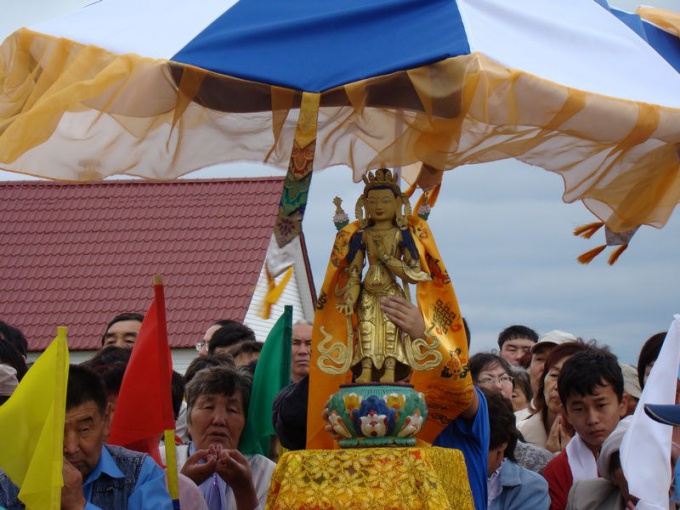What kinds of Buddhism exist?
What kinds of Buddhism exist?
Buddhism arose in India BC. Its main truths: a person's life is a constant suffering. Suffering is generated by desires emanating from the flesh. To get rid of desires, you need to follow the eightfold way of salvation.

Schools of Early Buddhism
The earliest schools of Buddhism are namedTheravada, Vaibhashika and Sautrantika. Theravada is the most conservative of them. The main goal of the followers of this school was to get rid of delusions. Representatives of the school Vaibhashika recognized the existence of the real world and the adequacy of its reflection in the mind of man. They studied and classified dharmas. Dharmas are a set of rules and norms necessary to maintain the cosmic order. The followers of the current Sautrantika recognized only the sutra - the words of the Buddha - as the main material. All other sources were ignored. Many dharmas were considered conditional, not real. Recognizing the existence of an objective world, they rejected its full correspondence to the reflection of the world in the mind of man. Mahayana - the latest form of Buddhism
The Mahayana philosophical system included severalcurrents: Zen, Yogachara, Madhyamaka, Nityranism, Amidism. Mahayana means "a great chariot", at the heart of the teachings is the development of compassion and a special kind of wisdom. Zen Buddhism provided an opportunity to become a Buddha in his body, and not after death. The way to achieve this is meditation and other practices. Maadhyamaka believes that it is impossible to prove the reality or unreality of dharmas. Therefore it is worth considering that they are simply empty. Truth in the assumptions of man can not be, it can only be found in yogic contemplation. Also representatives of this school recognize the existence of the real world. The current of Buddhism Amidism is currently the most common in the Far East. Representatives of this school pay special attention to rituals. Vajrayana - Tantric Buddhism
This branch is characterized by a variety of yogicpractitioner. The main emphasis in attitudes is the ability to attain Buddhahood during one life. The pantheon of the gods in Vajrayana was clearly structured. The name itself translates as "diamond path". To this branch also include Tibetan Buddhism. Four schools of Tibetan Buddhism: Nyingma, Sakya, Gelug, Kagyu. The main idea of the Skaya school's teaching is that the goal of the path is realized in the course of its passage. This school became famous for its political activity, trying to unite Tibet into a single state. Also Buddhist school of Japan - Shingon-shu belongs to the branch of Vajrayana Buddhism. In translation, the name means "true word". This current was founded by a monk who went to China and was trained by a preacher from India. In Japan, the monk brought a lot of Buddhist texts. On their basis, he developed his own teaching.








